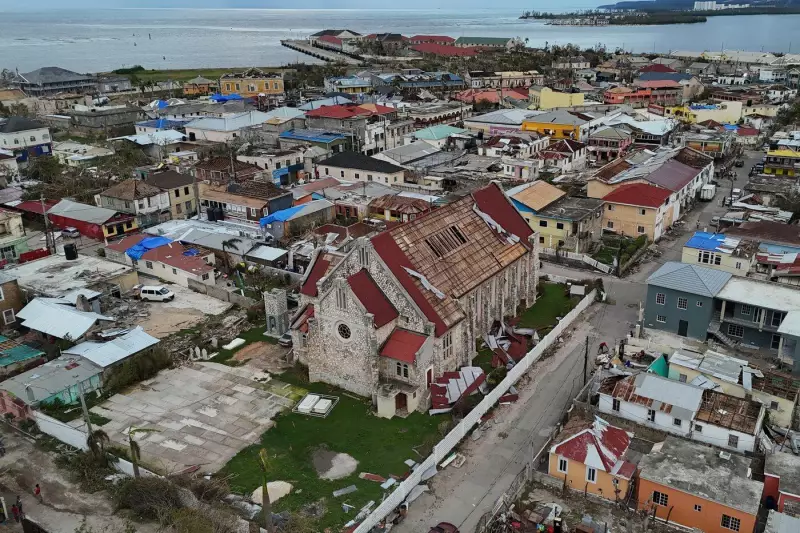
In the wake of Hurricane Beryl's destructive path across Jamaica, a massive humanitarian operation is underway as aid workers battle damaged infrastructure and flooding to reach vulnerable communities. The powerful Category 4 storm left a trail of devastation, particularly in southern parishes where emergency teams are confronting overwhelming challenges.
Widespread Destruction and Desperate Needs
Initial assessments reveal catastrophic damage to homes, businesses, and critical infrastructure across the island nation. "The situation is dire," reported a representative from the Canadian Red Cross, one of several international organizations mobilizing response teams. "We're seeing complete communities cut off by flooding and debris, with urgent needs for shelter, clean water, and medical supplies."
Logistical Nightmares Hamper Relief Efforts
Emergency responders face significant obstacles in delivering assistance. Many roads remain impassable due to floodwaters and fallen trees, while power outages and communication breakdowns complicate coordination efforts. Aid convoys are employing creative routes and alternative transportation methods to bypass blocked arteries.
International Community Mobilizes Support
Global partners have swiftly activated emergency response protocols. The United Nations, along with various non-governmental organizations, is coordinating with Jamaican authorities to establish distribution centers for essential supplies including:
- Emergency shelter materials and tarps
- Potable water purification systems
- Non-perishable food items
- Medical kits and hygiene supplies
- Power generators for critical facilities
Long Road to Recovery Ahead
While immediate relief remains the priority, officials acknowledge that Jamaica faces a prolonged recovery period. The hurricane's impact on agriculture, tourism, and local economies will require sustained international support long after the initial emergency response concludes.
Meteorologists note that Hurricane Beryl's unprecedented early-season intensity signals concerning trends for the 2024 Atlantic hurricane season, raising alarms among climate scientists and disaster preparedness experts worldwide.





